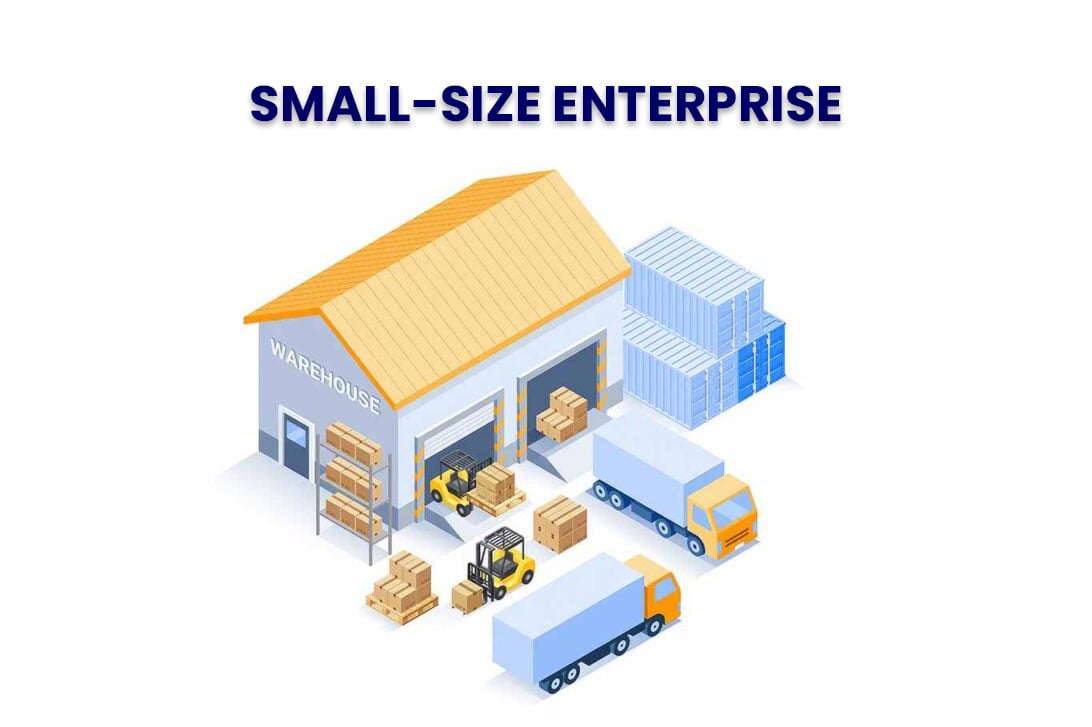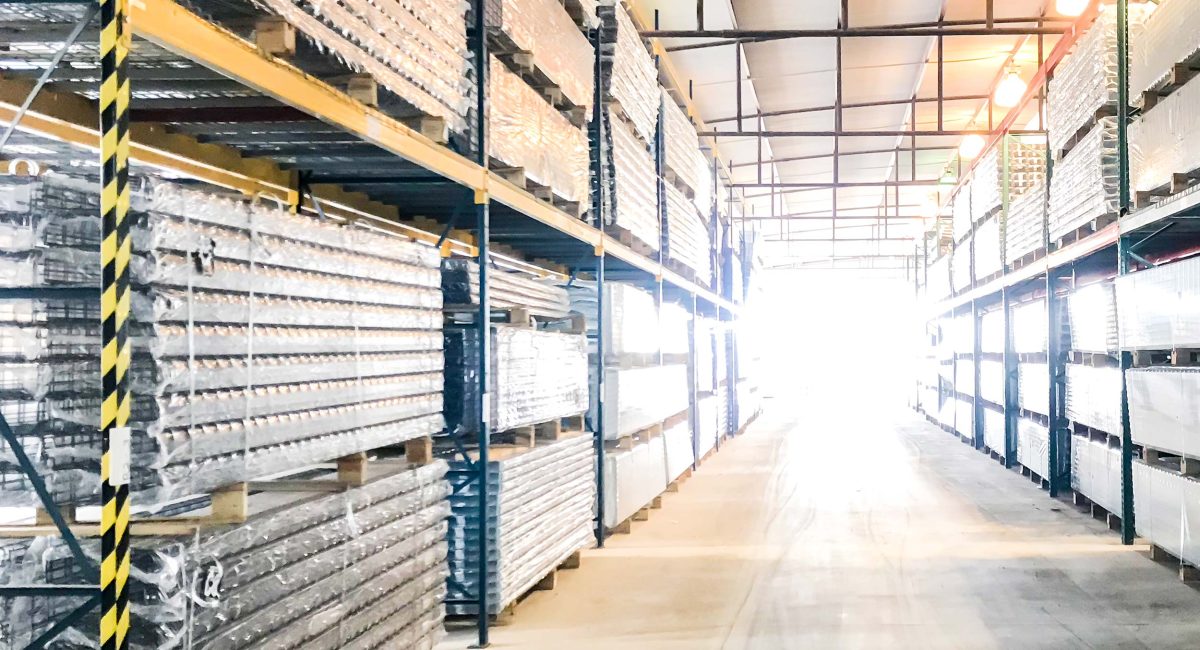Your startup/SME can turn the tide against surging storage costs and transform challenges into opportunities with cutting-edge logistics and warehousing strategies.
Navigating Rising Storage for Rent Costs
In the current economic climate, small enterprises in the UK face the challenge of adapting to rising storage for rent costs, which are expected to increase by 5% in 2023-2024, according to a report by commercial real estate firm Colliers. Despite a notable decrease in the uptake of logistics properties, the first half of the year has already seen storage for rent costs go up by 3.7%, influenced by a 1.8% rise in the second quarter alone.
The report emphasises that while the market has slowed due to economic uncertainties, such as continuous interest rate hikes, the industrial sector's robust fundamentals are causing rent for storage facilities to persistently climb. Many analysts expect this trend to continue, despite a slowdown from the intense demand seen during the pandemic.

Image source: www.amsc-usa.com
In this volatile and speculative development, are a mix of factors affecting the demand-supply balance. From the high construction costs, uncertain exit yields, and elevated borrowing costs that are making developers cautious, to the reduced inventory levels and turnovers in real terms that are making manufacturers/merchants cautious as well. On balance, we expect that this will lead to a further increase in space availability in the coming months, followed by a contraction in 2025, driving storage for rent costs back up.
In light of the volatile storage for rent costs and evolving market needs, startups/SMEs must look beyond traditional business storage solutions. The integration of advanced technologies, like AI, into storage management offers an innovative way for startups/SMEs to navigate these challenges. The Logistics Tech-enabled solutions provide the agility and efficiency necessary for scaling, from enhancing picking and packing processes to optimising inventory control. With the e-commerce boom reshaping warehousing demands, adopting flexible, tech-driven storage services becomes imperative for startups/SMEs aiming to boost operational efficiency and customer satisfaction.
Logistics Technology: Navigating Operational Storage Challenges for Growth

Image source: www.amsc-usa.com
Rapidly evolving Logistics Tech landscape offers startup/SMEs a suite of operational storage benefits, from enhancing efficiency and scalability to improving sustainability. By leveraging innovations such as automation, AI, and data analytics, young businesses can navigate storage challenges effectively, ensuring cost savings and improved customer service:
- Efficiency: Automation in inventory and orders streamlined processes.
- Cost Savings: Optimised storage space usage reduces overhead.
- Scalability: Adapts easily to business growth (especially with pay-as-you-go models)
- Customer Satisfaction: Faster and provider-independent order processing improves service.
- Insights: Data analytics offer actionable insights on customers, trends, etc.
- Risk Management: AI-enabled modules predict and prescribe mitigations to stock or supply chain-related risks.
- Sustainability: Eco-friendly practices reduce waste and align with green initiatives.
- Startups or young and fast-growing businesses must strategically plan and seek cost-effective storage solutions, considering options like shared or on-demand warehousing, inventory management optimisation, or relocating to areas with lower rent costs. Staying adaptable is key to overcoming challenges to logistics operations.
- When reviewing and comparing different storage solutions, it's crucial to consider the following emerging warehousing trends:
- On-Demand Warehousing: Flexible space for fluctuating inventory needs
- Micro-fulfilment Centres: Closer to customers for faster delivery.
- Collaborative Warehousing: Cost-sharing and community building among startup/SMEs.
- Value Added Services: Specialised through customisation, re-packing, sub-assembly, returns management and others.
- 3PL Partnerships: Leveraging third-party logistics providers without the capital outlay for things like Automation and Robotics.
- Data Analytics: Informed decision-making through real-time data.
- AI and Machine Learning: For predictive analytics and operational optimisations.
- Sustainable Practices: Green materials and energy-saving measures.

Image source: www.amsc-usa.com
Adapting to Volatile Storage Costs: Strategies for Efficiency and Agility in Warehousing
Companies are increasingly facing the challenge of adapting to fluctuating storage rent costs. This volatility can significantly impact operational budgets and overall profitability, particularly for startups and SMEs that may not have the financial resilience of larger corporations. To navigate these challenges, a shift towards more efficient and agile storage solutions has become essential. Leveraging technology integration, such as the ones enabled by advanced algorithms and AI, can significantly reduce the need for extensive physical space by optimising inventory management and streamlining storage operations. This not only cuts down on the warehousing requirements but also enhances operational visibility and efficiency.
Collaborative space sharing or on-demand warehousing solutions present a viable solution for operational risks and costs mitigation, allowing companies to benefit from a share of a large and less expensive warehouse space. Exploring alternative locations for warehousing can also yield more affordable options without compromising on logistical efficiency. If longer term arrangements are required, negotiating flexible lease terms can provide companies with the adaptability they need to respond to market fluctuations and customer demands promptly.
By embracing these strategies, startup/SMEs can develop a more resilient and flexible approach to storage and warehousing, enabling them to adjust more effectively to the dynamic market conditions and customer expectations.
References: Warehouse rents predicted to rise by 5% in 2023-2024 | Logistics Manager
Find the right Logistics Management Software with FLOX
FLOX is a shared transportation and warehousing logistics platform that is dedicated to promoting efficiency, cost savings and sustainability, helping you improve logistics operations across the board. Our platform enables logistics managers, shippers, and logistics service providers to collaborate seamlessly, driving the flow of every order and shipment. Get a pallet storage or a delivery quote easily with FLOX.
If you don't yet have an account, simply search for Available Storage Capacity or list your Logistics Services with no monthly fees. Sign up for the FLOX platform and start shaping the future of logistics today.
FAQs
How do I calculate the storage space I need?
Calculating the storage space you need involves careful planning to ensure that you rent an appropriate size unit for your business operations.
Inventory Assessment:
- Take stock of all the items you plan to store. This includes equipment, tools, documents, inventory, and any other materials.
- List each item and its dimensions (length, width, height).
Categorise Your Items:
- Group similar items together. For example, separate documents, equipment, and inventory. This will help you understand how much space each category requires.
Calculate Dimensions:
- Measure the dimensions of each item or box. If you're storing boxes, consider using standard box sizes for calculation.
- For irregularly shaped items, estimate their size as accurately as possible.
Calculate Total Volume:
- Use the formula for volume: Length × Width × Height. This can be done for each individual item or box.
- Add up the volumes of all items to get a total storage volume needed.
Consider Space Efficiency:
- Factor in that items can generally be stacked or stored in a way that maximizes vertical space. Consider the height of the storage unit (typically around 8 feet for self-storage) to optimize how you pack items.
- Think about the layout of the storage unit, including pathways for access.
Account for Additional Space:
- Add a buffer to your total volume for future needs. This could be an extra 10-20% of your calculated space to accommodate new items or changes in your storage needs.
Choose the Right Unit Size:
- Based on your total calculated space, consult with the business storage unit provider about the available unit sizes. Storage units come in various sizes, typically from small 40 square feet units to larger units of 160 square feet or more.
- Ensure that the selected unit can accommodate not just your current business requirements but also any potential future growth.
Consider Accessibility and Features:
- If you need regular access to your items, ensure the unit is easily accessible, such as those with drive-up access.
- Also, consider whether you need features like climate control, security, or specific access control.
What are some of the costs associated with warehouse serves?
The costs associated with warehouse services typically include:
Storage Fees: Charged based on the amount of space occupied in the warehouse, often calculated per cubic foot or pallet. These fees can vary depending on the warehouse provider and may be influenced by factors such as the season or the length of time items are stored.
Order Fulfilment Fees: These fees are incurred for the picking, packing, and shipping of orders. The cost can vary based on the complexity of the order and the type or size of the items being fulfilled.
Shipping Costs: Additional costs could also include charges for transporting products from the warehouse to the customer. This can include costs for various methods of shipping products and may vary depending on the destination and shipping speed.
Return Handling Fees: Costs associated with processing returns, which can include restocking items, inspecting returned goods, and managing the logistics of returns.
Set-up Fees: Some warehouse providers may charge an initial setup fee to establish services, which can cover onboarding and system integration.
Long-term Storage Fees: Additional charges may apply for items that are stored for extended periods beyond a certain threshold, incentivizing sellers to move their inventory more quickly.
Value-added Services Costs: Fees for extra services such as contract packing, shrink wrapping, rebranding, or gift packing, which can enhance the presentation of products.
Insurance Fees: Optional insurance costs to protect inventory stored in the warehouse against loss or damage.
These costs may vary significantly depending on the warehouse provider's pricing structure, the geographic location, and the specific services selected by the business.
Can warehouses handle returns (reverse logistics)?
Yes, warehouses can handle returns. Some of the steps involve:
Return Processing: Warehouses can streamline the return process by quickly checking in returned items, inspecting them for damage, and determining their resaleability. This helps in efficiently integrating returned products back into inventory.
Inventory Management: With advanced inventory management systems, warehouses can update stock levels in real-time, ensuring that returned items or excess inventory is accounted for and available for resale or redistribution.
Refurbishing and Restocking: Warehouses can also handle the refurbishing of returned goods, preparing them for resale if they are still in good condition. This can include re-packaging or minor repairs.
Data Analysis: By tracking return reasons and patterns, warehouses can provide valuable data back to the business, helping them identify issues with products or customer expectations. This information can be crucial for improving product quality and customer satisfaction.
Customer Communication: A well-managed returns process can enhance customer experience. Warehouses can facilitate prompt communication regarding the status of returns, refunds, or exchanges, ensuring customers stay informed.
Efficient Logistics: Integrating return handling with existing logistics operations allows for efficient transportation and processing of returned items, reducing costs and improving overall supply chain efficiency.
What are the differences between a warehouse and a fulfilment centre?
A warehouse and a fulfilment centre serve different purposes within the logistics and supply chain management landscape. A warehouse primarily functions as a storage facility where goods are kept for an extended period. Its main role is to store inventory, manage stock levels, and ensure that products are readily available for distribution when needed.
Warehouses typically focus on bulk storage, inventory control, and sometimes the consolidation of goods for transportation. They may not be involved in the processes of order picking, packing, or shipping directly to consumers, as their operations are geared more towards long-term storage rather than immediate order fulfilment.
In contrast, a fulfilment centre is a specialised type of warehouse designed specifically to handle the complete order fulfilment process efficiently. Business fulfilment services not only store products but also manage inventory, pick and pack orders, and ship products to customers. These facilities are equipped with logistics technology and systems that enable seamless integration with eCommerce platforms, allowing businesses to process orders quickly, ensuring timely delivery and enhanced customer loyalty and satisfaction.
The dynamic nature of fulfilment centres allows them to support eCommerce businesses and online retailers by providing a range of value-added services, such as real-time inventory tracking, order management, and even returns processing. This makes fulfilment centres essential for startup companies looking to streamline their operations and compete effectively in a fast-paced market.



